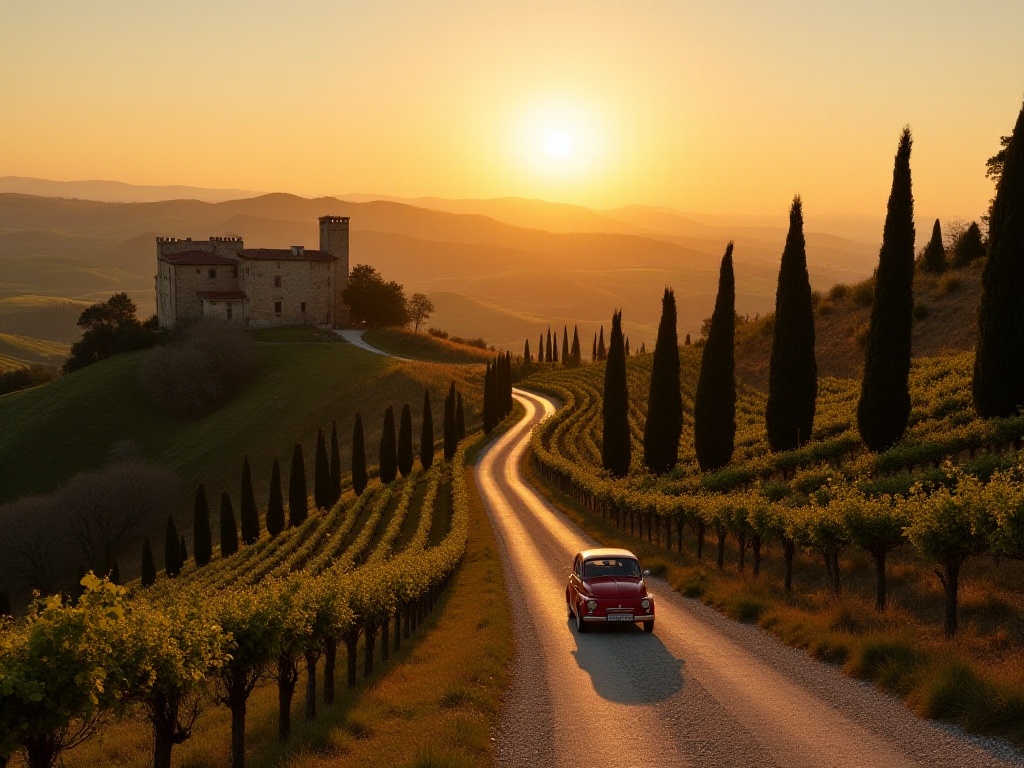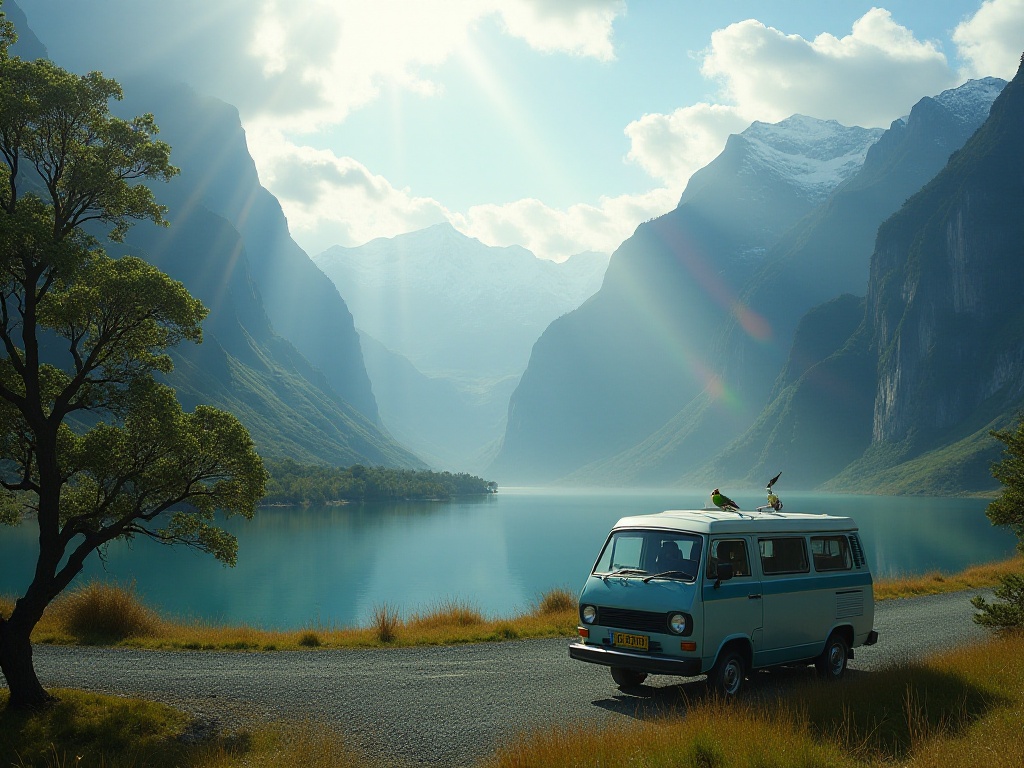Origins
Have you heard of Route 66? This legendary highway crossing the American Midwest has witnessed the historical transformation of the United States from the Great Depression to the post-World War II economic boom. As a traveler who has journeyed along this route, I want to share with you the story of this "Mother Road of America."
In 1926, Route 66 was officially completed and opened to traffic. It starts from Chicago, Illinois, passing through Missouri, Kansas, Oklahoma, Texas, New Mexico, and Arizona, finally reaching Los Angeles, California, spanning approximately 3,940 kilometers.
History
During the Great Depression, thousands of farmers migrated along this highway from the "Dust Bowl" region in the Midwest to California in search of a new life. It was this history that led John Steinbeck to portray Route 66 as the "Mother Road" in his novel "The Grapes of Wrath."
During World War II, Route 66 became an important channel for military supplies transportation. After the war, with the rise of car culture, this highway witnessed the golden age of American road trip culture. Motels, restaurants, and gas stations sprouted up along the route.
Decline
However, after President Dwight Eisenhower signed the Federal Highway Act in 1956, the United States began building the Interstate Highway System. By 1985, Route 66 was officially decommissioned and replaced by wider, faster interstate highways.
Statistics show that between 1956 and 1985, about 50% of small businesses along the route failed, and over 100 small towns gradually declined. Behind these numbers lies the life transitions of countless Americans.
Revival
In recent years, Route 66 has experienced a renaissance. According to the National Park Service, over 1 million tourists come specifically to experience this legendary highway each year. All eight states along the route have established Route 66 preservation associations dedicated to protecting the highway's historical heritage.
I believe now is the best time to experience Route 66. Did you know that 85% of the route is still driveable and maintains many historically significant landmark buildings?
Attractions
Let me share some must-see attractions with you:
In Chicago, Illinois, you can take photos at the starting point marker on Michigan Avenue. Hundreds of tourists take pictures here daily.
While crossing Missouri, don't miss Meramec Caverns State Park. This cave park, established in 1935, is one of the earliest tourist attractions on Route 66. It receives about 150,000 visitors annually.
In Oklahoma, the Route 66 Museum in Clinton houses over 20,000 road-related artifacts. Can you imagine? They even preserve original road signs from the 1920s.
The Grand Canyon in Arizona, though not directly on Route 66, is worth a detour. It receives about 5 million visitors annually, with approximately 15% coming from Route 66.
Experience
In my opinion, the best way to experience Route 66 is through a road trip. You need to set aside at least two weeks to leisurely appreciate the scenery and culture along the way.
Based on my experience, here are some worthwhile suggestions:
Choose an American muscle car or convertible when renting a vehicle to better experience American road culture. Data shows that about 30% of Route 66 road trip tourists choose these types of vehicles.
For accommodation, vintage motels are recommended. About 200 motels built between the 1930s and 1960s are preserved along the route, each with its unique story.
For food, you must try the roadside burger joints and barbecue restaurants. Statistics show that over 100 restaurants with more than 50 years of history are still operating along Route 66.
Planning
If you're planning a Route 66 trip, consider these factors:
The best travel times are spring and fall. According to meteorological data, the average temperature between March-May and September-November ranges from 15-25 degrees Celsius, ideal for long-distance driving.
Leave room for flexibility in your itinerary. I recommend driving no more than 6 hours per day to have enough time for exploration. Surveys show that over 70% of self-driving tourists adjust their itineraries after discovering interesting places along the way.
Regarding budget, besides airfare and car rental, a two-week journey requires about $3,000-4,000. This includes $80-120 per night for accommodation, $50-70 per day for meals, and expenses for admission tickets and shopping.
Tips
As someone who has traveled this road, I want to tell you:
Don't rely too heavily on navigation. Some of the most interesting places are often unplanned. Statistics show that about 45% of tourists say their most memorable experiences were unexpected encounters.
Bring physical maps and a GPS device. Although phone navigation is convenient, some remote areas may lack signal coverage. Surveys indicate that about 25% of tourists encounter mobile signal issues during their journey.
Bring a camera to document the scenery. According to social media data analysis, Route 66 is one of America's most photogenic highways, with about 3,000 related photos shared on Instagram daily.
Reflections
After completing Route 66, I gained a deeper understanding of America. This highway is not just a transportation route but a bond connecting American history, culture, and dreams.
What do you think? Are you interested in experiencing this Mother Road that carries the American Dream? Or have you already traveled this road and have unique experiences to share?
I believe everyone can find their own story on Route 66. This road teaches us that the meaning of travel lies not just in the destination, but in the scenery and encounters along the way.
Whether you're a history enthusiast, photography enthusiast, or simply want to experience American road culture, Route 66 is worth a special trip. Here, you can see America's past, feel her present, and imagine her future.
So, are you ready for a spontaneous Route 66 road trip?







